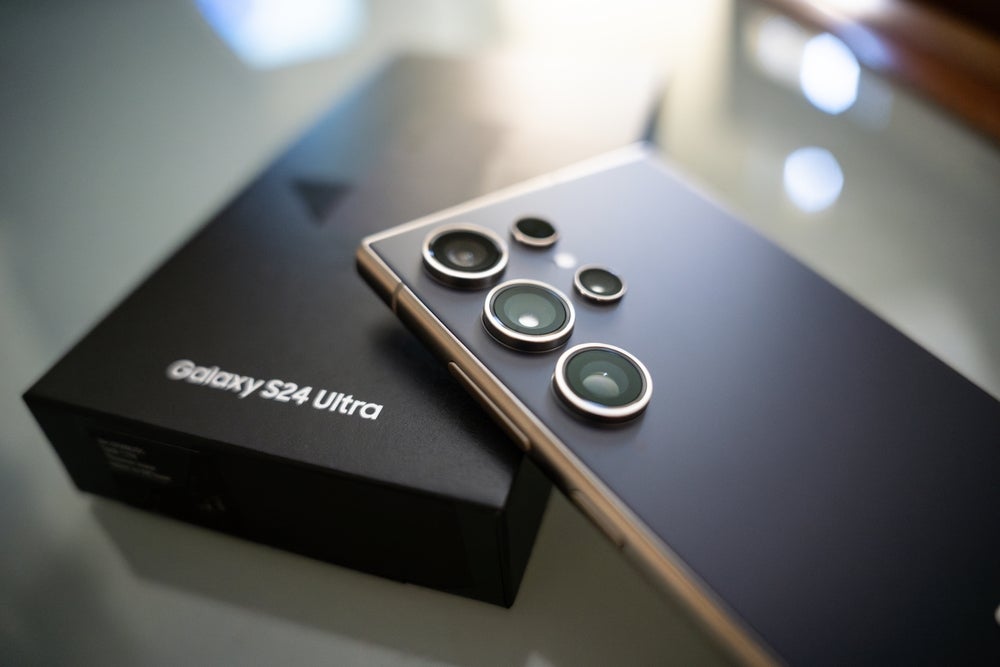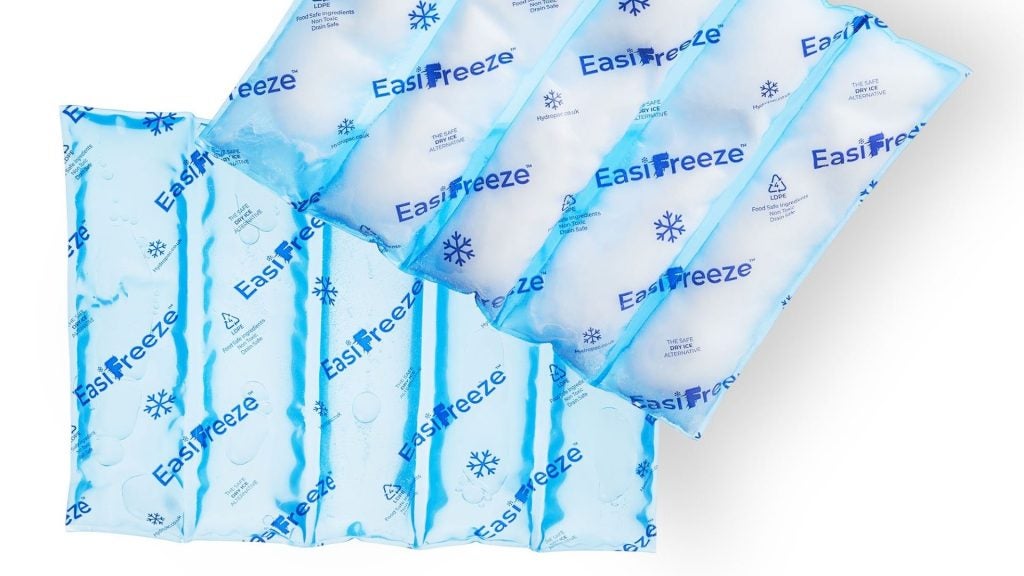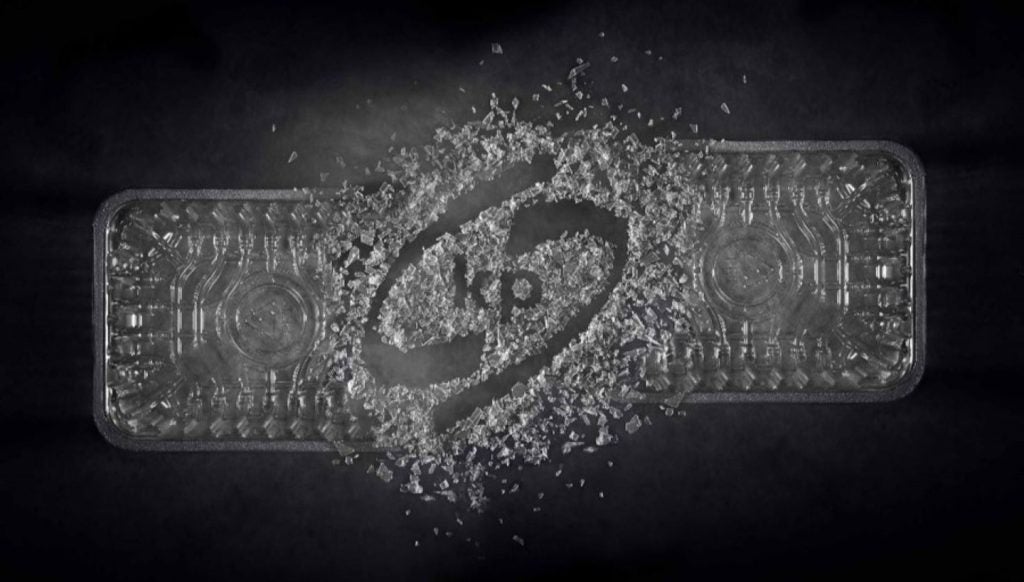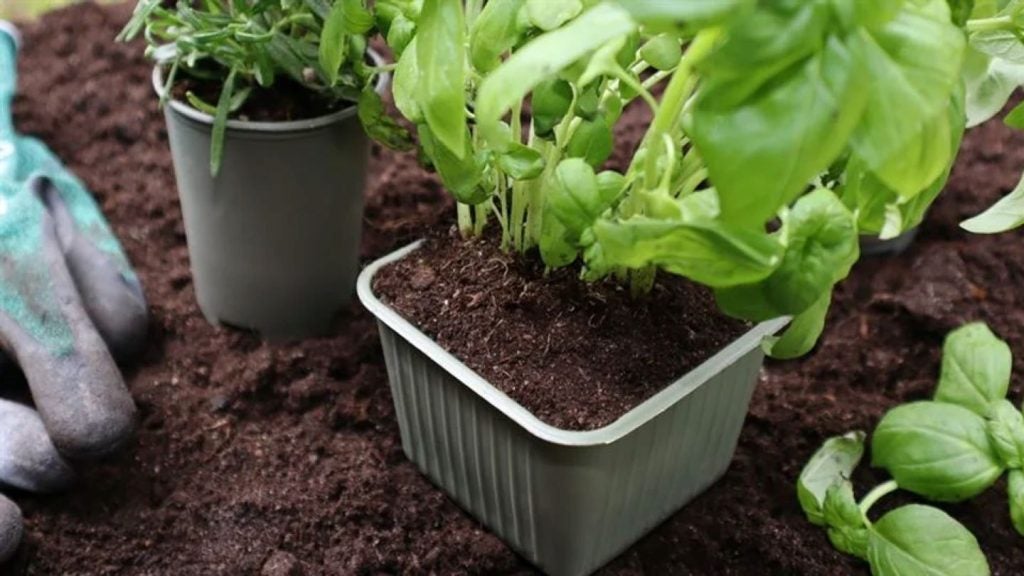PET is a wonderful material. It is crystal clear like glass, unbreakable, lightweight and recyclable and has good organoleptic properties. During its 25-year lifetime, the technology has evolved and has been optimised for PET resin, processing, and the equipment for injection moulding of PET preforms and stretch blow moulding into containers.
Despite this, many applications are still made of glass, metal and paperboard. This is mainly because PET containers are too expensive. If the application requires hot filling, the cost of standard PET containers is even higher.
Similarly, costs rise if the application needs barrier properties better than those offered by standard PET. There is therefore a need to develop a container with the attributes of PET, but at a lower cost. The only way to address this is through technical innovation in resin.
The solution
Polypropylene (PP) may be the answer to the industry’s prayers. It is the lightest of all commodity thermoplastics. The density of PP is 34 per cent lower than PET – that is 0.90 compared to PET’s 1.33.
Historically in the US market, PP homopolymer is about 55 cents/kg cheaper than that of PET. And the stretch blow moulding process requires the use of clarified PP random copolymers, which are about 33-44 cents/kg cheaper than PET.
Another advantage of PP over PET is that PP does not require any pre-drying of the resin before processing; thus, it has the potential to save energy cost. PP can be hot-filled up to 120ºC, retort with steam at 120ºC for 30 minutes and can be used in microwave. Since most of the closures are made from PP, making the containers from PP would provide a single material for closures and containers, which could benefit recycling.
How well do you really know your competitors?
Access the most comprehensive Company Profiles on the market, powered by GlobalData. Save hours of research. Gain competitive edge.

Thank you!
Your download email will arrive shortly
Not ready to buy yet? Download a free sample
We are confident about the unique quality of our Company Profiles. However, we want you to make the most beneficial decision for your business, so we offer a free sample that you can download by submitting the below form
By GlobalDataFigure 1 shows the clarity of various plastic resins as a function of their impact strength. Here, the size of the circle indicates the cost of the resin. Polystyrene has excellent clarity, but its impact strength is quite poor. PET has excellent clarity and impact strength, but it is expensive. Clear random PP offers a balance of clarity, impact strength and cost.
Pros and cons of ISBM PP technology
PP resins can be processed by a number of techniques such as extrusion blow moulding (EBM), which has been around for several decades; injection blow moulding (IBM), which is mainly suited for smaller size containers (normally used in the pharmaceutical and cosmetic industries); and injection stretch blow moulding (ISBM).
In the one-step ISBM process, the PET resin is converted into containers in one machine (such as the ones provided by Nissei ASB or Aoki), whereas the two-step process includes first making a preform by injection moulding and then reheat-stretch-blow moulding it into containers on a second machine.
The ISBM process offers a number of advantages over EBM. The ISBM process provides excellent clarity and outstanding neck finish, as the neck of the container is injection-moulded. This is very important to protect the aroma and flavour of the product inside the package. The ISBM process also offers superior impact strength, as there is no pinch-off at the bottom of the container as in the EBM process.
Moreover, the ISBM process provides greater rigidity due to biaxial orientation of chain molecules. It is also a scrap-free process. ISBM containers have better gloss and surface finish than EBM containers.
The main reason for not using PP in the ISBM process is that the advantages of lower resin cost and lower density are offset by the higher conversion cost of PP compared to PET. This is because the thermal conductivity of PP is poorer, which contributes to lower throughput for PP in the ISBM process – as much as 20-30 per cent lower for standard PP compared to PET.
Moreover, the gas barrier properties of PP are about 30 times poorer than those of PET. A number of food packaging applications require the oxygen barrier in PP to be similar to that of PET. If the barrier materials manufacturers could develop a gas barrier material for PP, the opportunities are enormous.
This could be achieved using a number of different methods, such as multilayers, coatings, scavengers and nanocomposites. The key to success, however, is to develop a barrier technology that is cost-effective.
Towards cost-effectiveness
Recent machine improvements, advances in resin, clarifier technology and optimisation of PP perform design have resulted in considerable improvement in cycle times. Preliminary data indicates that the processing speed of PP is now similar to that of PET.
PP can also be processed on existing equipment with only minor modifications, and it can be processed at lower temperatures, which could result in potential energy savings. The processing window of PP has thus improved, but it still narrower than PET.
Monolayer ISBM PP containers can be 15-20 per cent cheaper than PET. These PP containers could be used for a number of applications in the food, pharmaceutical and cosmetic industries.
Apart from being cost-effective, they also provide good clarity, good gloss and finish, excellent moisture barrier and good impact strength. Moreover, the PP containers can also be hot-filled and they are microwaveable and retortable.
The way forward
Although PP ISBM technology has recently made significant progress, there are still a number of issues that need to be addressed as the technology is commercialised. For example: the designs of the resin and of the perform need to be optimised, many aspects of PP processing must be improved, organoleptic issues need to be looked at and it is vital to achieve enhanced barrier properties.
Using its 25 years’ experience from PET technology, the industry should be able to resolve these issues and develop PP ISBM technology fairly quickly. However, a multidisciplinary approach is required. Resin producers, clarifier producers, barrier materials manufacturers, ISBM equipment manufacturers, converters, end-users, mould makers/preform designers and consultants all need to work together.
Author
Dr Surendra Agarwal is a research fellow at Kraft Foods R&D.







